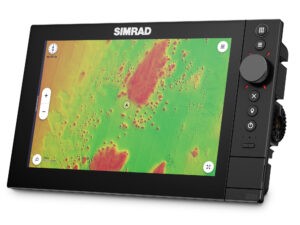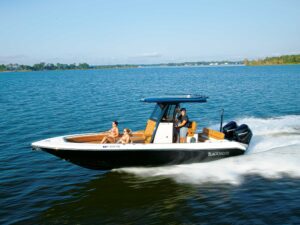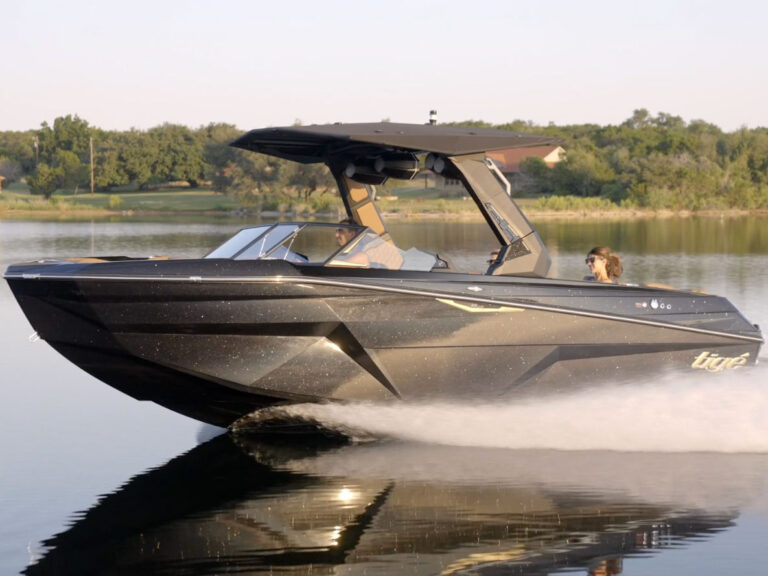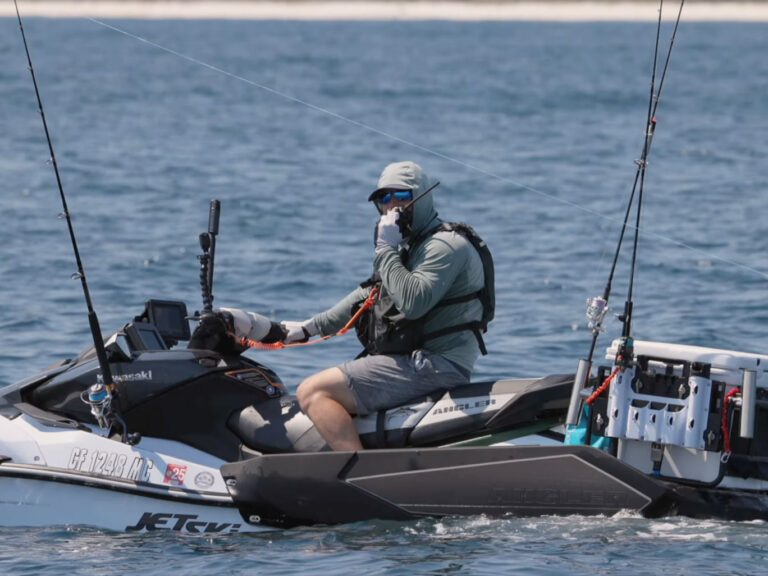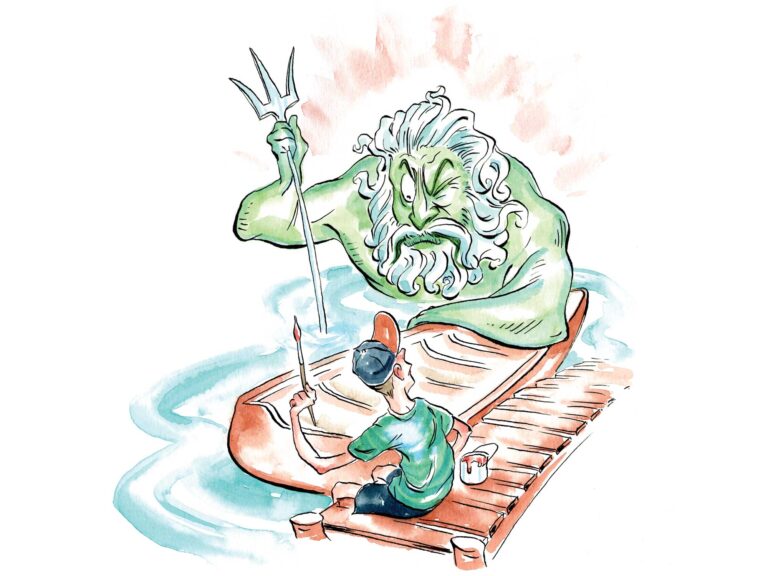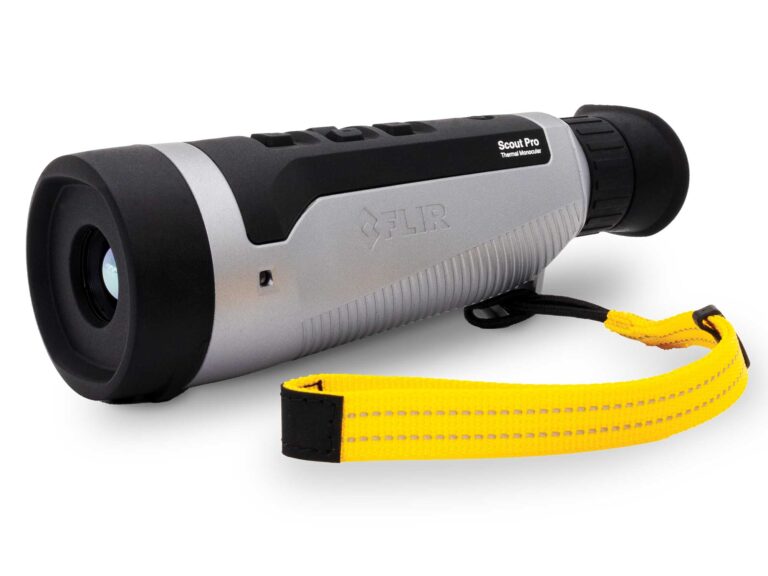Que tu sabe!
It is a common greeting in Latin America. (Literal translation: “What do you know?”) Despite the DJ’s music carrying across the sand, I was able to hear people around me greeting each other in that way. They acknowledged me like that too. After all, though I wasn’t visiting on a boat, the 3rd annual Grady-White Rendezvous engaged everyone enjoying Sun Bay.
What started as a way for a group with a commonality to come together has turned into a day that residents prepare and take off for. Event organizer Victor Camillo describes the vibe of the Rendezvous:
“Being together with others with the same interests is amazing. We love being able to create memories. We’re like a family.”

Camillo says that Puerto Rico’s Grady-White community has managed to create a positive atmosphere for boaters, their families, and Vieques locals. The jovial, drama-free event can make anyone feel like they can host, or be part of, an epic raft-up, but a lot of planning has gone into making the weekend successful year after year.
What’s a raft-up, you say? It’s a gathering of boaters who meet, and tie their vessels together, creating an anchored raft. This usually occurs in a pretty spot, like a cove or sandbar, though this Vieques locale is over-the-top special. Raft-up activities include visiting the other boats, swimming, wading ashore to beachcomb, and perhaps taking a kayak or SUP for a paddle. In short, a raft-up is a celebration of the boating lifestyle. This Grady-White raft-up is of record-setting size, with 77 boats and over 300 loyal Grady owners attending. That makes its organizers a great source for advice if you are seeking to organize a raft-up in your area.
According to Bill Burleson, the event’s cofounder, at least six-month’s worth of planning is necessary for the first large-scale raft-up. That will give you time to figure out the where and why of your event, because it is not enough to just tie up and party. He explains that every event should keep in mind three main tenets: charitable giving, a positive local impact, and a family friendly atmosphere.

Have a Cause in Mind
Six months before the event, the Grady owners group, La Familia Grady-White Puerto Rico, was already collecting dues. Collecting money early confirms a guest’s commitment, but it also helps with planning the charitable contribution. On top of donations to organizations like Susan G. Komen, Vieques groups receive support, like the local hospital that received a mammography machine. “The purpose is to create a better environment while getting to know other great boat owners,” Burleson explains.
This year, La Familia Grady-White Puerto Rico donated $8,000 to Fe Que Transforma (Faith that Transforms), a group that prepares food for those in need. It also reportedly generated some $100,000 for the local economy, which is in some need.
Respect the Locals
Burleson, a Vieques native who now lives on the mainland, feels that an event is not effective if it doesn’t positively engage the local community.
“I asked the group, ‘Why don’t we get together and raise funds for some entity in Vieques?’ So I called the mayor, and he immediately directed me to an entity that provides transportation to cancer patients.”
Events in small rural areas, like Vieques, are only impactful if the residents can somehow reap the benefits, and if needs go beyond cancer care, Burleson is proud of how much money the locals make.
“We’ve been stimulating the economy, and within three years, we’ve injected approximately a quarter of a million dollars into Vieques.”
That isn’t just hotel and Airbnb revenue, considering most stay on their boats. The beach is lined with food trucks and stands, vendors grilling lobster, selling slushies and arepas.

In the process of planning and partying, locals should not feel out of place or sidestepped because of an event encroaching upon the best beach or bay. That includes the ones that can’t speak up for themselves. About a quarter of a mile from the site of the party, you can find taped off, secluded areas of beach. Vieques goes to great lengths to ensure that newly hatched sea turtles are undisturbed and able to make it to the surf.
One of the highlights of the weekend is when all of the boats turn on their underwater lights. While it’s magical to witness, it is short lived, according to Burleson. By 10:30 p.m., all of the lights are off so that sea turtles are able to find their way to the shore to nest.
“We also enforce that no one can approach the yellow ribbons where the turtles nest,” he says.
Even in an area without endangered wildlife, leaving no trace should be a goal, and that’s why Grady-White’s Rendezvous ends with a beach cleanup by all.

La Familia
Luis Rivera has been attending the raft-up since the beginning. A doctor from the main island, he was excited to hear about the mammography machine that will aid the locals, considering the alarmingly high rates of cancer on the island, compared to the mainland. He was called by the mission, but what keeps him coming back is the overall atmosphere. He contributed to it, after all, seeing that I decided to talk to him after devouring the crab salad he came and offered me.
“What keeps me coming back is that the people are respectful, and we donate to help poorer people in the community. My family enjoys it very much.”
The music was a good mix of Top 40 and local sounds. Clean lyrics of course. On Friday, the crowd is light, but Saturday, the surf is comfortably crowded with children on paddleboards and kayaks, snorkeling, and flipping into the water. Rivera’s brood of six jumped in line to snack on pernil and arroz con gandules when they weren’t floating along or dancing to the sounds of the live band. At 70, Rivera wasn’t the oldest participant, and even tiny babies were held in waist-deep water sporting their floats.
Read Next: How to Raft Up With Other Boats

Day of Strategies
On the first day of the Rendezvous, I noticed Camillo running around with a hand-held VHF radio. No water-based event can work without them, and certainly not without dinghies (how do you think I got to Burleson’s beautiful boat with my recorder—swimming?) Future raft-up organizers take note.
The event has never run into a significant problem, and that is probably because they keep safety at the forefront. This is another important consideration for those planning a raft-up.
According to Burleson, “We don’t allow people to walk from boat to boat. If you want to see a friend down the way, you take a dinghy or paddleboard, or you swim.” At the minimum, breaking an ankle would dampen the vibe, but boating accidents can be deadly, even when everyone is sober.
Safety is also why this year’s line-up was also broken up, with some boats anchored together separately, off to the side. While it may not be as aesthetically pleasing, it is safer than forcing boats out into a rougher part of the bay. Besides, locals also need access, and a big chain of boats can block them.
Again, work with the community in which you are planning your raft up.
Besides, how else would the local fisherman come to the shore with their freshly caught lobster?
Common courtesy is enforced, and each participant gets a list of rules.
Burleson says, “We give everyone a list of requirements, including regarding your holding tanks. You’re not going to flush them here.”
That list includes how to interact with the turtles, informing everyone of the legality.

Familiarize Yourself With Rafting Up
For an event like the Rendezvous, boaters received plenty of help, but it was beneficial for all of the boats to know how to raft up prior to the event. Dinghies also directed oncoming boats to exactly where they’d tie up. Consider stationing people in dinghies to direct and help people at your raft-up.
If you’re new to tying up, start by having three fenders and two mooring lines per side, and tie the fenders up higher than usual to prevent any impact. It is also good to have two to four spring lines on hand. The larger boat will serve as the “anchor,” and other boats should be facing the same way when approaching.
Camillo warns that you could injure yourself or others if someone is in the water, or if you aren’t watching your hands closely. Make sure all passengers keep their hands and feet in the boat while rafting up, so they don’t get pinched.
Bottom Line
The Grady-White Owners of Puerto Rico, put on one of the most successful and largest raft-ups in the world. It is a testament to good planning, the fellowship between boaters and to top it off, it helps those in need. To the Grady-White Family of Puerto Rico, we say, ¡Buen trabajo!
10 Tips for Rafting Up
- The largest, heaviest boat should drop its anchor first, and smaller boats can tie up on either side.
- Approaching boats should slow down to avoid any potentially damaging collisions.
- Think twice about cutting your engine—you might need to guide your boat against the current.
- Remember to deploy your fenders before approaching another boat to raft up.
- Come in facing the same direction as the larger boat, then throw your bow line over to the larger boat.
- Note where the transom will line up against the other boat; being aware of cleat positions on both boats helps in tying and deploying fenders. Exchange lines, and make sure they’re firm before tying up.
- Tie the bow line first, then the stern line.
- Always secure boats to each other using the cleats, not rail stations, handrails or other accessories.
- Keep the lines tied between boats as tight as possible to minimize motion between the boats. The exception is the bow line, which should be loose to allow for sway and swing.
- Try your best to raft together with boats that are a similar size, or tie up in size (length) order. This will help in putting fenders in the most effective place.
When you’re ready to leave, remove the shore lines and mooring lines, then your bow line comes off last. Don’t use heavy power until you’re away from other boat, then ride off into the sunset.

